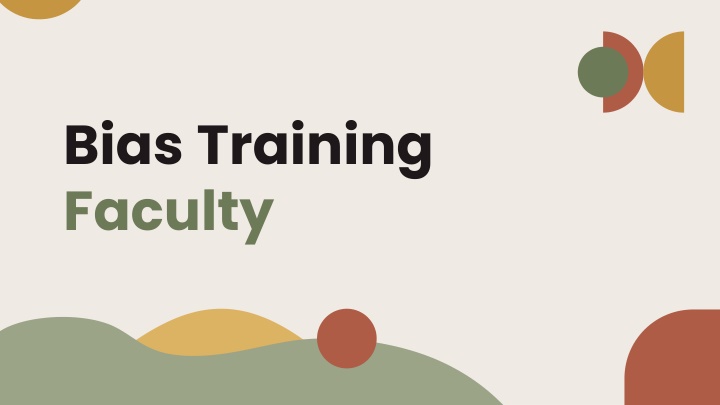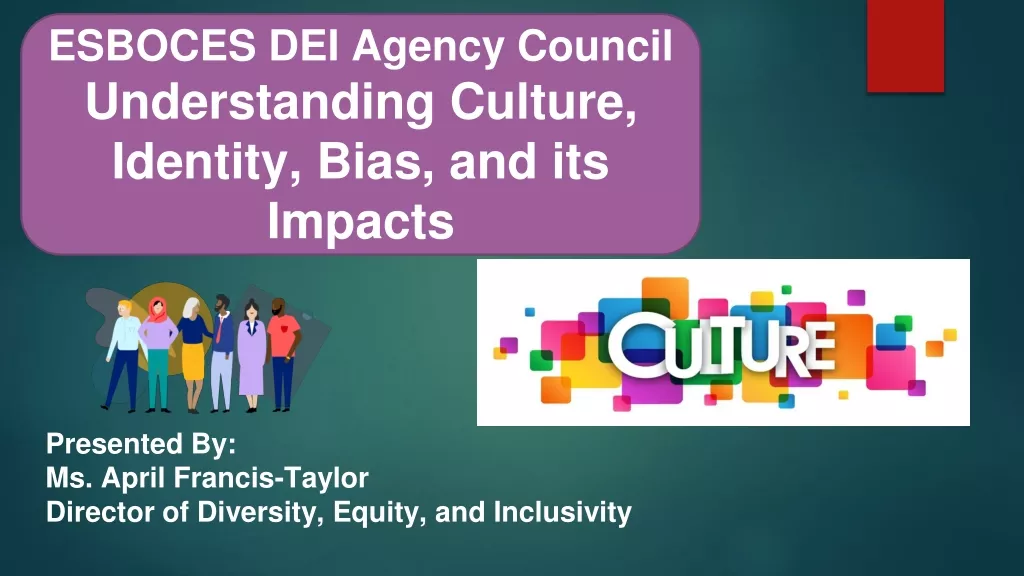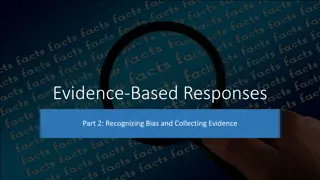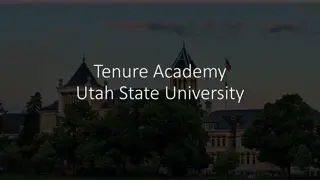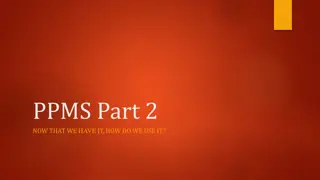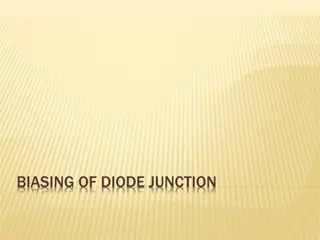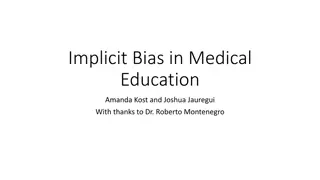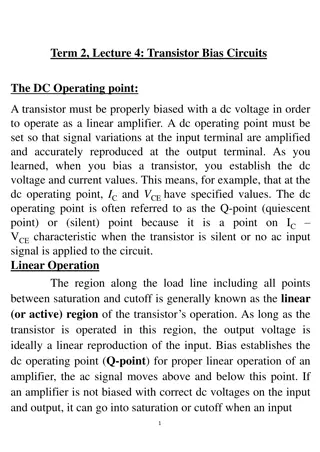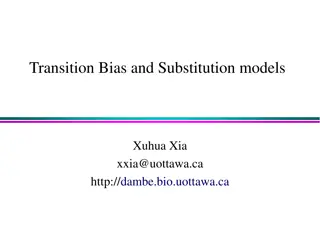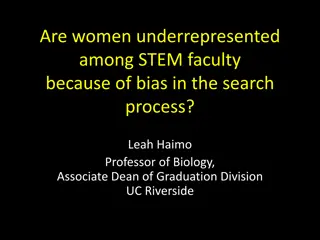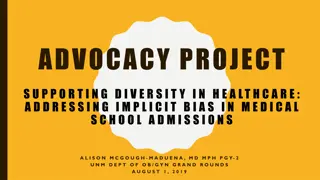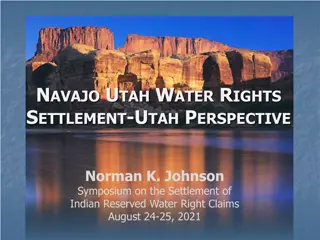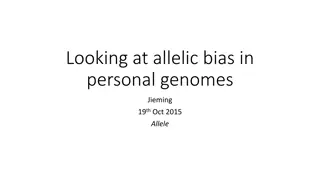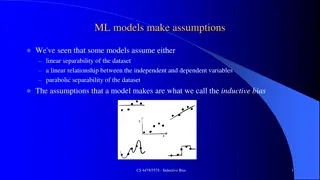Enhancing Bias Training for Faculty at the University of Utah
Transform faculty training on bias at the University of Utah through engaging slides designed to raise awareness, combat implicit bias, and promote inclusivity. Empower educators to recognize and address bias in their teaching practices for a more equitable learning environment.
Download Presentation

Please find below an Image/Link to download the presentation.
The content on the website is provided AS IS for your information and personal use only. It may not be sold, licensed, or shared on other websites without obtaining consent from the author.If you encounter any issues during the download, it is possible that the publisher has removed the file from their server.
You are allowed to download the files provided on this website for personal or commercial use, subject to the condition that they are used lawfully. All files are the property of their respective owners.
The content on the website is provided AS IS for your information and personal use only. It may not be sold, licensed, or shared on other websites without obtaining consent from the author.
E N D
Presentation Transcript
Bias Training Faculty
Instructions for use of Bias Training (Faculty) Slides These slides were created as a way to change faculty trainings on Bias at the University of Utah. These were intended to be used by staff when training faculty specifically to make training more memorable, engaging, and interactive. As student-led initiative to combat bias, we hope that every professor or instructor understands both the dangers of Bias, and the importance of combating it. Outlined below are our guidelines for adjusting the slides for presentation. We suggest using animations/overlays as you see fit. As a user, you are allowed to: Modify the slides Select slides you want to show (one or many) Provide personal examples of bias Add student voices you collect on your own Ask for discussion Ask for student involvement You are not allowed to: Sell the slides for personal monetary gain Modify student voices Modify data For more information about the slides, please contact: claudia.degrandi@utah.edu (Dr. Claudia De Grandi (Lead-instructor of the course SCI 3900/HONOR 3990)
Table of contents Influence Being aware 01 02 You have an impact on both students and other faculty What is bias? Do I have bias? Strategies Conclusion 04 03 What can we do to reduce bias? What can you do to work on your own bias? What did we learn?
Imagine There was a cheating scandal in your class. A student posted the answers to one of the assignments on Chegg, and of course people copied the same exact thing.
Question for you What race, gender, etc. did you imagine that student?
01 Being aware of your own bias
Implicit/Unconscious Bias: Tendency to make judgements based on prejudice and assumptions, rather than indisputable facts and data. -Joe Caccavale The fact that it is implicit/unconscious doesn t make it ok. Implicit bias is bias. For this training, we are going to refer to implicit bias as bias. - - We all have implicit bias and it is our job to be aware of it and work on it. Definition of Implicit Bias LINK
02 Influence You have an impact!
You have an impact! As a friend, peer, coworker and especially as a professor/instructor, you have a great influence on others!
Personal statements Each of the following slides contains a personal statement given to us by students of the University of Utah when asked if they had experienced/witnessed bias. These were collected during Spring 23.
Yes I have, I feel like a lot of bias is often unspoken or not as clear unless you are present in the situation yourself. As a student who identifies as female and is a student in STEM I often face bias in STEM classes specifically labs from my male peers where my thoughts don't hold as much "weight" as my fellow male peers, in things such as the steps we should take next. -Biology Student at the U of U
Growing up, I absolutely did. In middle school and high school I was frequently shunned for being a try hard at school (I wasn t, academics just came fairly easy to me) whereas the boys who did well in school were not (even though they were supposed try hards , which is a weird insult in the first place). In college, I haven t particularly noticed any bias, but I also am not in class with a small group of the same people daily. It definitely feels like people don t trust me when it comes to computer science, and my TAs seem somewhat surprised when I know answers to questions in that class. - Computational Physics Student at the U of U
03 Strategies Here s how to get started!
Strategies for Yourself Seek to use inclusive language Imagine a different scenario Reflect on past experiences What could you have done differently in that scenario that could have prevented bias? Would [I/they] have acted differently if the other person had a different identity? Avoid generalizations and stereotypes.
Strategies for Yourself Take the Implicit Association Test (IAT) from Harvard University: Fast-paced test - Press I for Female or Liberal Arts - Press E for Male or Science - There are other variations it tests you on https://implicit.harvard.edu/implicit/selectatest.html There are tests for: - Racism - Classism - Leadership - Gender and Career - Gender and Science - Many more
Strategies for the Classroom Consciously Interacting with Diverse Students Student Bias Training Slide Deck Anonymous Grading Grade without identifying information This allows students to be assessed without regards to identity, minimizing biases. Be purposeful about interacting with and taking questions from students who may be quieter or from backgrounds that are not widely represented This slide deck can be used in whole or one slide at a time during lectures or other presentations in order to normalize the prevention of bias
Systems do not maintain themselves; even our lack of intervention is an act of maintenance. Every structure in every society is upheld by the active and passive assistance of other human beings. Sonya Renee Taylor, founder of The Body is Not An Apology global movement
04 Conclusion Let s wrap it up!
To summarize Self-awareness How can you monitor yourself for bias on a regular basis? What is (implicit) bias and how does it impact individuals, especially students? Awareness Statements What else are people not saying about their experiences with bias? How can faculty influence other faculty and students to minimize bias? Influence What action can faculty take on to better the environment of their classes, lectures, etc. and what they can do to work on their implicit bias. Strategies
These are some of the resources that had the most impact on us https://www.ted.com/talks/valerie_alexander_how_to_outsmart_your_own_unconscious_ bias This is a TED Talk that really helped us in being aware of our own implicit biases. https://www.insidehighered.com/views/2021/05/20/how-make-implicit-bias-training- campuses-truly-effective-opinion This is an article on what to take into consideration while designing a workshop on Implicit Bias.
References 1. Caccavale, Joe. What's the Difference between Implicit Bias and Unconscious Bias? Leading Recruitment Software, Applied, 7 Dec. 2020, https://www.beapplied.com/post/difference-between- implicit-bias-and-unconscious-bias# Bias Team, L.R.(2023). Effects of Bias [Personal Statements]. HSTEM 23. https://docs.google.com/forms/d/e/1FAIpQLScB4SA1qjBNB 2gaMH- cepwOOG8m4mWuuy6TGNq_NBZIASCx2Q/viewform?usp= sf_link 2. SPECIAL THANKS TO: The instructors of the class SCI 3900/HONOR 3990 Being Human in STEM 2023 for all of their support, help, and guidance to make this possible.
